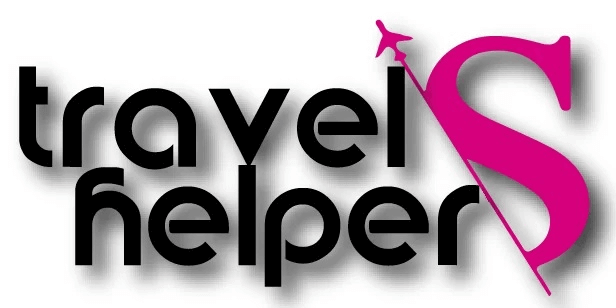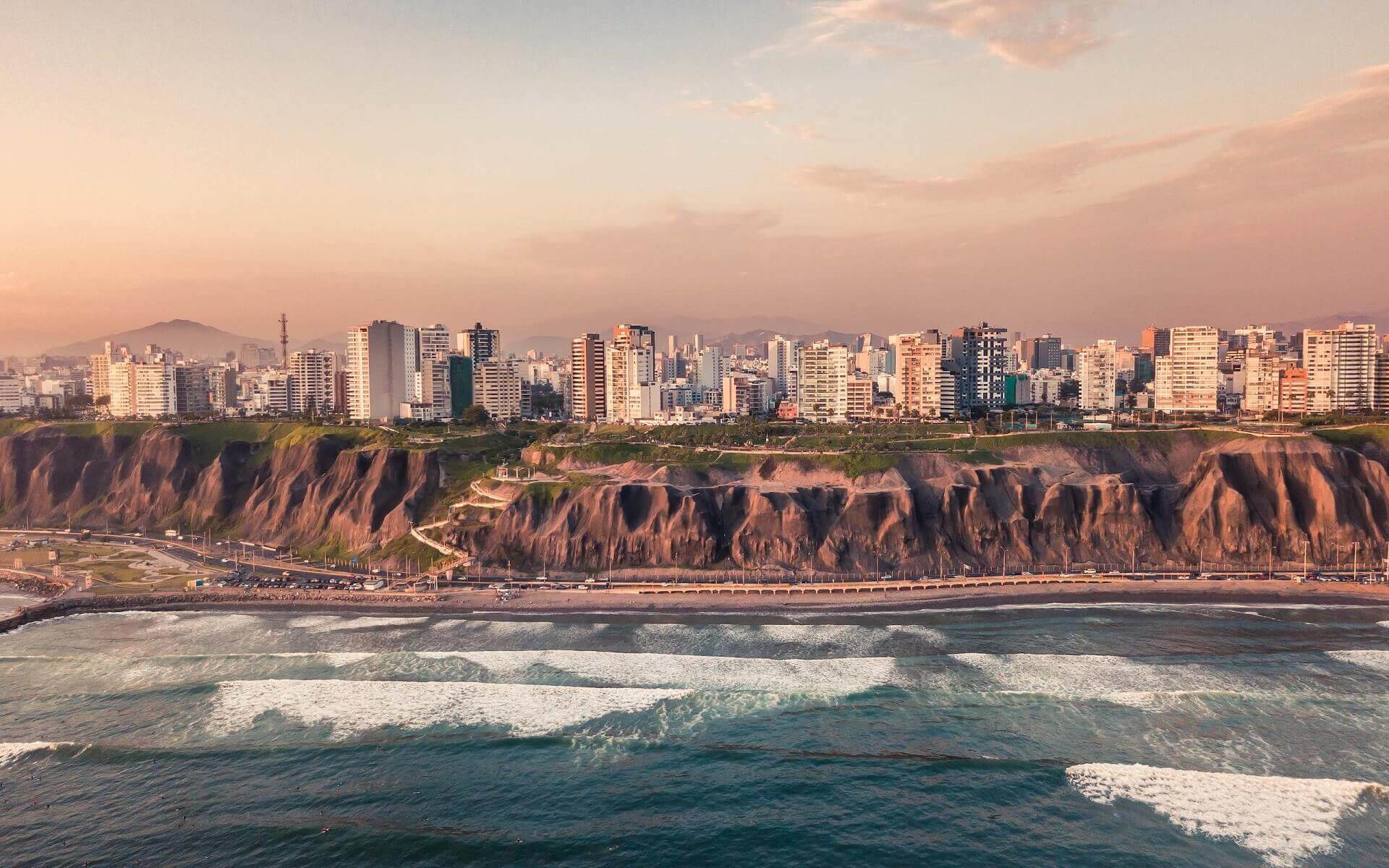Peru is without a doubt one of South America’s most fascinating nations. Famous for being the location of the legendary lost Inca citadel of Machu Picchu and the mind-boggling Nazca Lines, this country’s unique history ignites the explorer in all travelers. Its breathtaking landscape ranges from untamed Amazon rainforests to huge coastal deserts and the Andes’ snowy peaks. Peru is home to a level of biodiversity that is seldom seen within the confines of a single nation, with an array of magnificent species that extends well beyond the well-known llamas and circling condors. Additionally, Peru’s hospitable, multiethnic people are a cultural gem in and of itself. The captivating fusion of hundreds of different indigenous tribes and mestizos, each with their own vibrant customs and culinary delights, is an experience you will never forget.
In summary, this is a land of unfathomable contrasts, making destination selection a real challenge. Whether you choose to venture off the beaten path, follow in the footsteps of thousands of previous visitors who took the Gringo Trail through some of the country’s best highlights, or immerse yourself in the jungle on a relaxing multiple-day Amazon boat trip, Peru is certain to amaze you in every way.
Peru covers 1,285,216 km2 (496,225 sq mi) in western South America. It is bordered by Ecuador and Colombia to the north, Brazil to the east, Bolivia to the southeast, Chile to the south and the Pacific Ocean to the west. The Andes Mountains run parallel to the Pacific Ocean, defining the three regions traditionally used to describe the country geographically. The costa (coast) in the west is a narrow plain, largely arid, except for the valleys formed by seasonal rivers. The sierra (highlands) is the region of the Andes; it includes the altiplano plateau and the country’s highest mountain, Huascarán, at 6,768 metres. The third region is the Selva (jungle), a vast flat area covered by the Amazon rainforest that extends eastwards. Almost 60% of the country’s surface area is in this region.
Most Peruvian rivers originate in the peaks of the Andes and flow into one of three basins. Those that drain to the Pacific are steep and short and flow only sporadically. The tributaries of the Amazon have a much larger flow and are longer and less steep when they leave the Sierra. The rivers that flow into Lake Titicaca are generally short and have a large flow. The longest rivers in Peru are the Ucayali, Marañón, Putumayo, Yavarí, Huallaga, Urubamba, Mantaro and Amazon.
Peru’s largest lake, Lake Titicaca, located between Peru and Bolivia at the top of the Andes, is also the largest in South America. The largest reservoirs, all located in the coastal region of Peru, are the Poechos, Tinajones, San Lorenzo and El Fraile reservoirs.
Due to its diverse geography and climate, Peru has a high biodiversity with 21,462 recorded plant and animal species (in 2003), of which 5,855 are endemic. Peru has more than 1,800 species of birds (120 of which are endemic), 500 species of mammals and over 300 species of reptiles. Among the hundreds of mammals are rare species such as the puma, jaguar and spectacled bear. Peru’s birds produce large quantities of guano, an economically important export product. The Pacific Ocean is home to large quantities of sea bass, flounder, anchovies, tuna, crustaceans and shellfish and is home to many sharks, sperm whales and whales.
Peru has an equally diverse flora. The coastal deserts produce little more than cacti, with the exception of the rolling misty oases and river valleys, which are home to unique flora. The uplands above the tree line, known as puna, are home to shrubs, cacti, drought-resistant plants such as ichu, and the largest species of bromeliad – the spectacular Puya raimondii. The slopes of the Andean cloud forest are home to mosses, orchids and bromeliads, and the Amazon rainforest is known for its diversity of trees and canopy plants.


